
Valle de Cocora Palma de Cera
The wax palm (also known as Palma de Cera or Ceroxylon Quindiuense) is the tallest palm in the world, and was officially adopted as a national symbol of Colombia in 1985. Found along the central and eastern Andes of Colombia, the Cocora valley of Quindío department is the popular place for visitors to see these magnificent trees that can grow up to a height of 60m (~200 ft). However, if you.

Palma de cera Palmas
Ceroxylon quindiuense, often called Quindío wax palm, [3] is a palm native to the humid montane forests of the Andes in Colombia and Peru. [4] View of Cocora valley (Colombia) with Ceroxylon quindiuense palms Description This palm species can grow to a height of 45 m (148 ft) —or rarely, even as high as 60 m (200 ft). [4]
ARBORETUM ARBOLES FANTÁSTICOS la Palma de Cera
La palma de cera del Quindío es el árbol nacional de Colombia. "Son como muertos vivientes", dice el científico colombiano Rodrigo Bernal sobre el árbol nacional de Colombia. Según Bernal el.
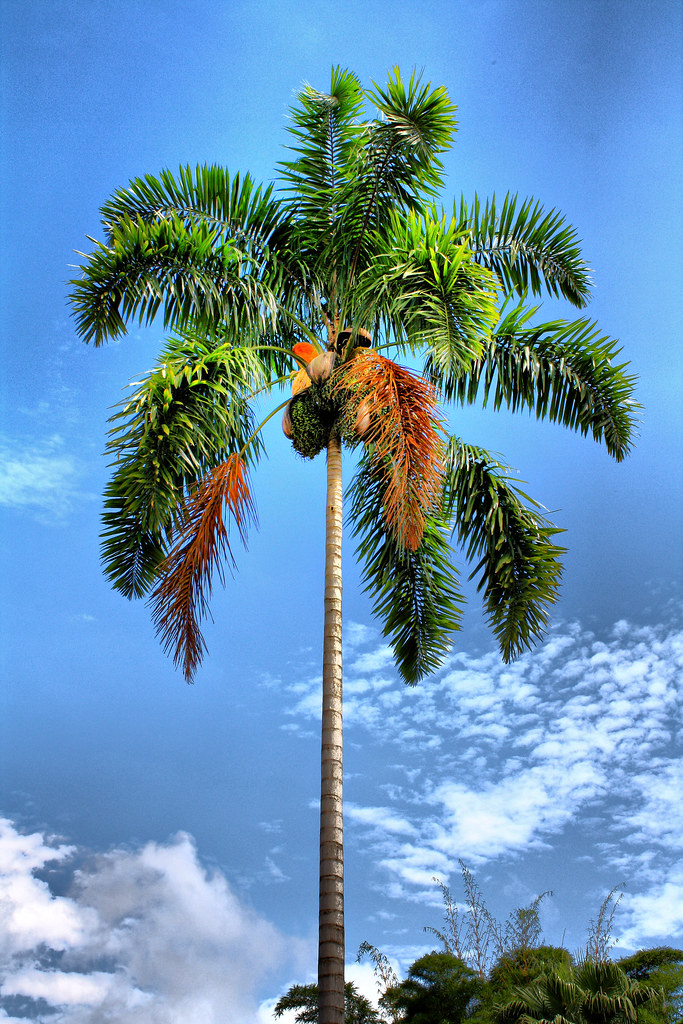
Palma de Cera del Quindío La Palma de Cera del Quindío es … Flickr
Wax palms or palma de cera is Colombia's national tree and the world's tallest palms. These palms grow exclusively in the high-altitude valley of Cocora in the department of Quindío, in northwest Colombia, in large clusters containing hundreds of trees.
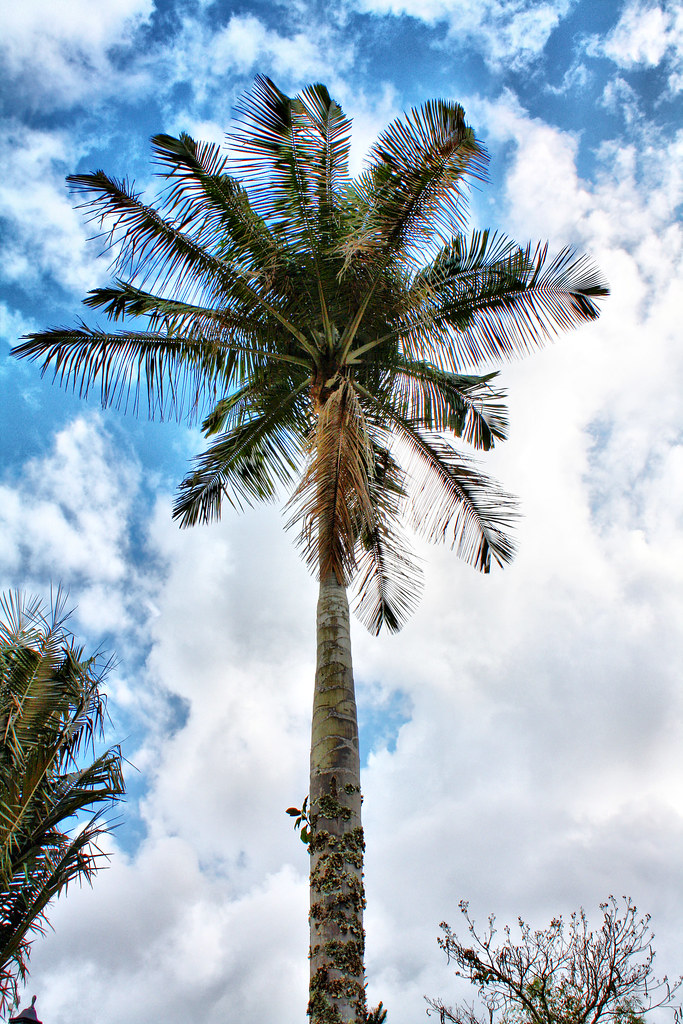
Palma de Cera del Quindío La Palma de Cera del Quindío es … Flickr
Palma de cera, Ceroxylon quindiuense El género Ceroxylon Bonpl. ( 1804) está integrado por palmas de la familia Arecaceae, conocidas comúnmente como palma de cera, palma de ramos o ramos benditos . Distribución y hábitat
Biologia octavo 084 palma de cera
The Palma de Cera (Ceroxylon quindiuense) is a palm tree native to the mountainous regions of the Andes in Colombia. It grows to a height as high as 60 meters. It has a smooth cylindrical trunk that is covered with wax. It is found at altitudes of 2000 to 3000 meters above sea level.

Palma De Cera En este blog vamos a mostrar el crecimiento, evolución
Declarada como árbol nacional de Colombia en 1985, la palma de cera se sostiene como símbolo de resistencia Fabián Sanabria es antropólogo y doctor en sociología. Para Señal Colombia, el especialista explica que la palma de la cera se caracteriza por su capacidad de persistir y durar.
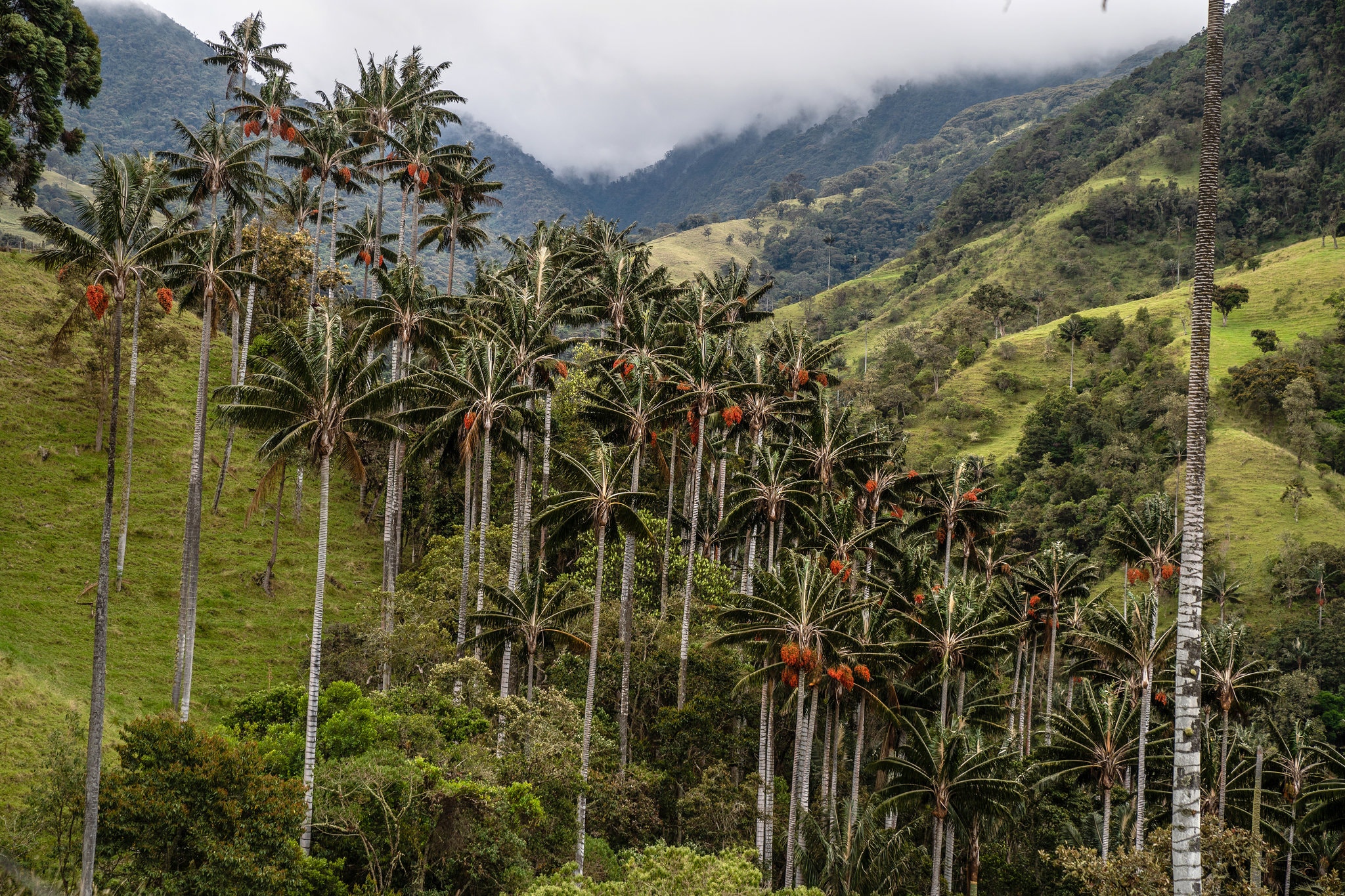
La palma de cera colombiana, en peligro de extinción, tiene una
La palma de cera de Colombia es un árbol alto, majestuoso y muy importante para la cultura y la simbología del país sudamericano. Esta especie de palma es conocida científicamente como Ceroxylon quindiuense y es la palma más alta del mundo, alcanzando alturas superiores a los 60 metros.

Palma De Cera Beach, Water, Outdoor, Palmas, Gripe Water, Outdoors, The
Palma de Cera (281) 392-3800 We make ordering easy. Learn more 2004 South Mason Rd, Katy, TX 77450 No cuisines specified Grubhub.com Menu Natural Juices Mora Natural Juice $2.75 Blackberry. Maracuya Natural Juice $2.75 Passion Fruit. Guayaba Natural Juice $2.75 Guava. Fresa Natural Juice $2.75 Strawberry. Papaya Natural Juice $2.75
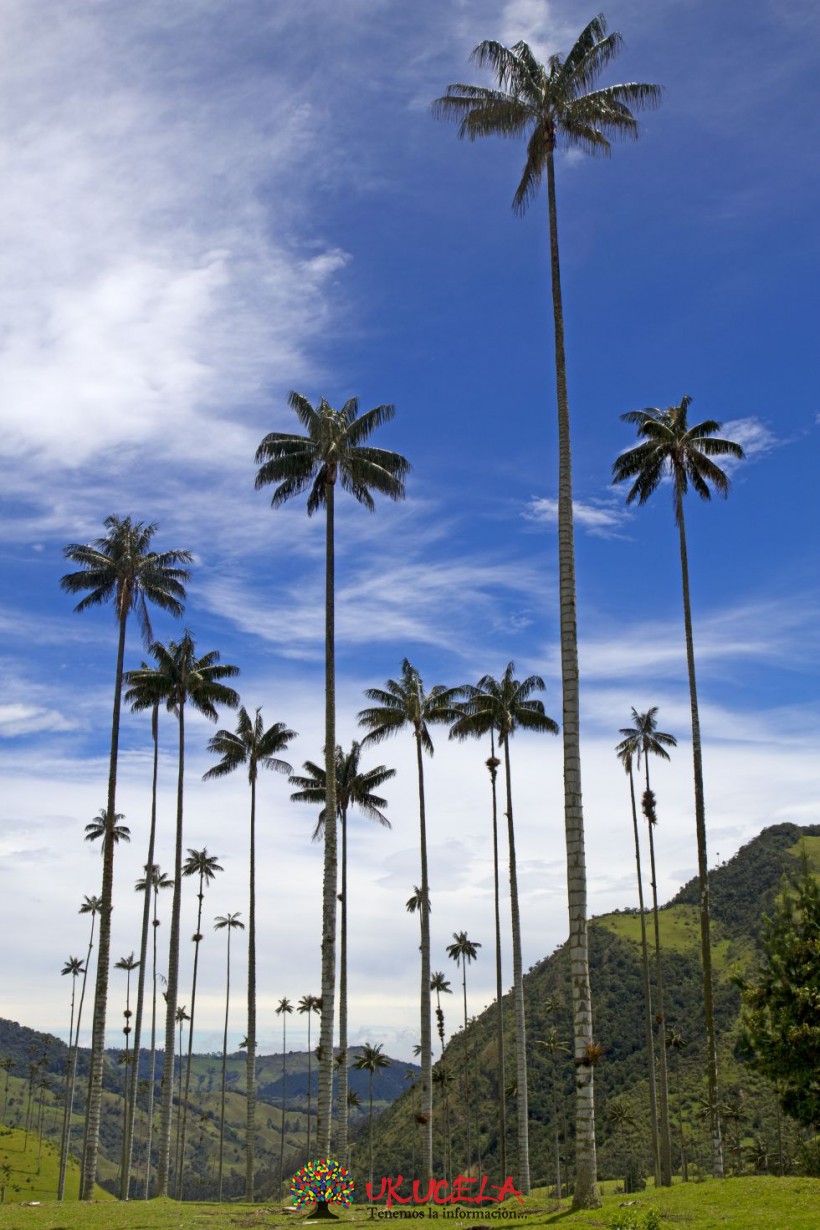
PALMA DE CERA EN PELIGRO Ukucela
Details PRICE RANGE $10 - $20 CUISINES Latin, International, South American, Colombian Meals Dinner, Lunch View all details features Location and contact 2004 S Mason Rd Suite D4, Katy, TX 77450-6252 Website Email 2839-3800 Improve this listing
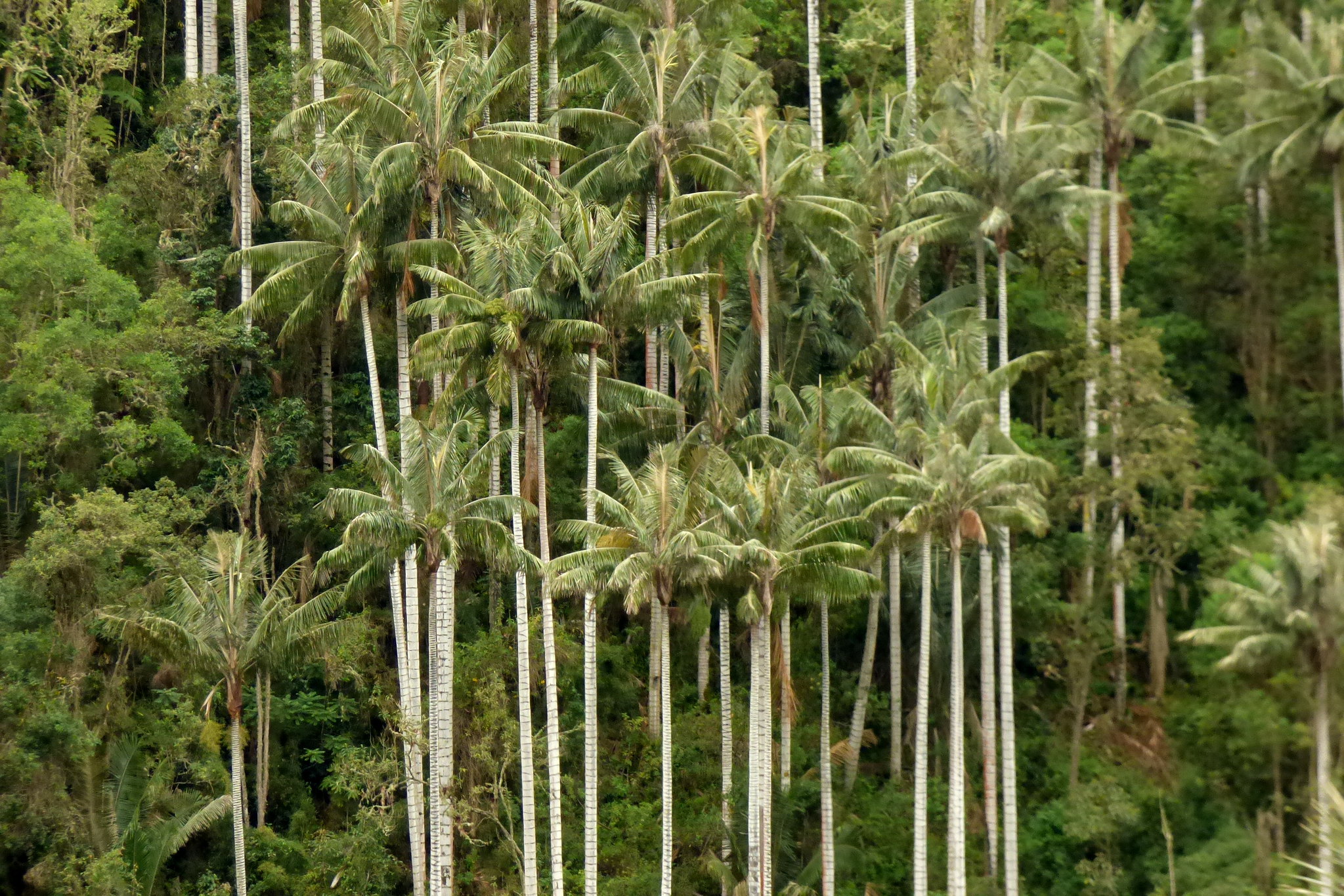
¿Por está en peligro de extinción la palma de cera, el símbolo
La palma de cera del Quindío ( Ceroxylon quindiuense) es una palma nativa de los bosques montañosos húmedos andinos del parque nacional natural Los Nevados, en Colombia. Las poblaciones más grandes y mejor conservadas se encuentran en los valles altos andinos del Departamento del Tolima (Corregimiento Toche, Municipio de Ibagué).

PALMA DE CERA COLOMBIA
Unlike most visitors that have travelled miles to catch a glimpse of Colombia's national tree, my virgin encounter with these famous wax palm (known also as Palma de Cera) did not occur at Cocora Valley but San Felix of Salamina in the department of Caldas. It was an experience that sparked greater fascination in these once-endangered species.

FileLa palma de cera.jpg Wikimedia Commons
The Palma de Cera, or Wax Palm, is the most famous. Averaging 230 feet (70 meters) in height, it is the largest monocot in the world. While it can live for up to 200 years, It takes around 50 years to grow to maturity, and then another 80 years before it can reproduce. This particular species of palm grows in the humid mountain forests of Peru.

Durante Semana Santa no utilice palmas de cera Patrimonio Radial del
Colombia is home to the tallest palm tree in the world, the palma de cera By Finn Oakley December 17, 2021 The tallest palm tree in the world resides in the Colombian Andes in Los Nevados National Park amid the Cocora Valley. Colombia's national tree, the Palma de Cera or wax palm (Ceroxylon quindiuense), stands nearly 200 feet tall.

Palma de Cera en el Valle de Cocora, más de 60 metros de altura
Palma de cera, also known as Ceroxylon quindiuense, is a palm tree native to the Andean highlands of Colombia. It is the national tree of Colombia and the tallest palm species in the world. Learn more about its history, ecology and conservation on Wikipedia.
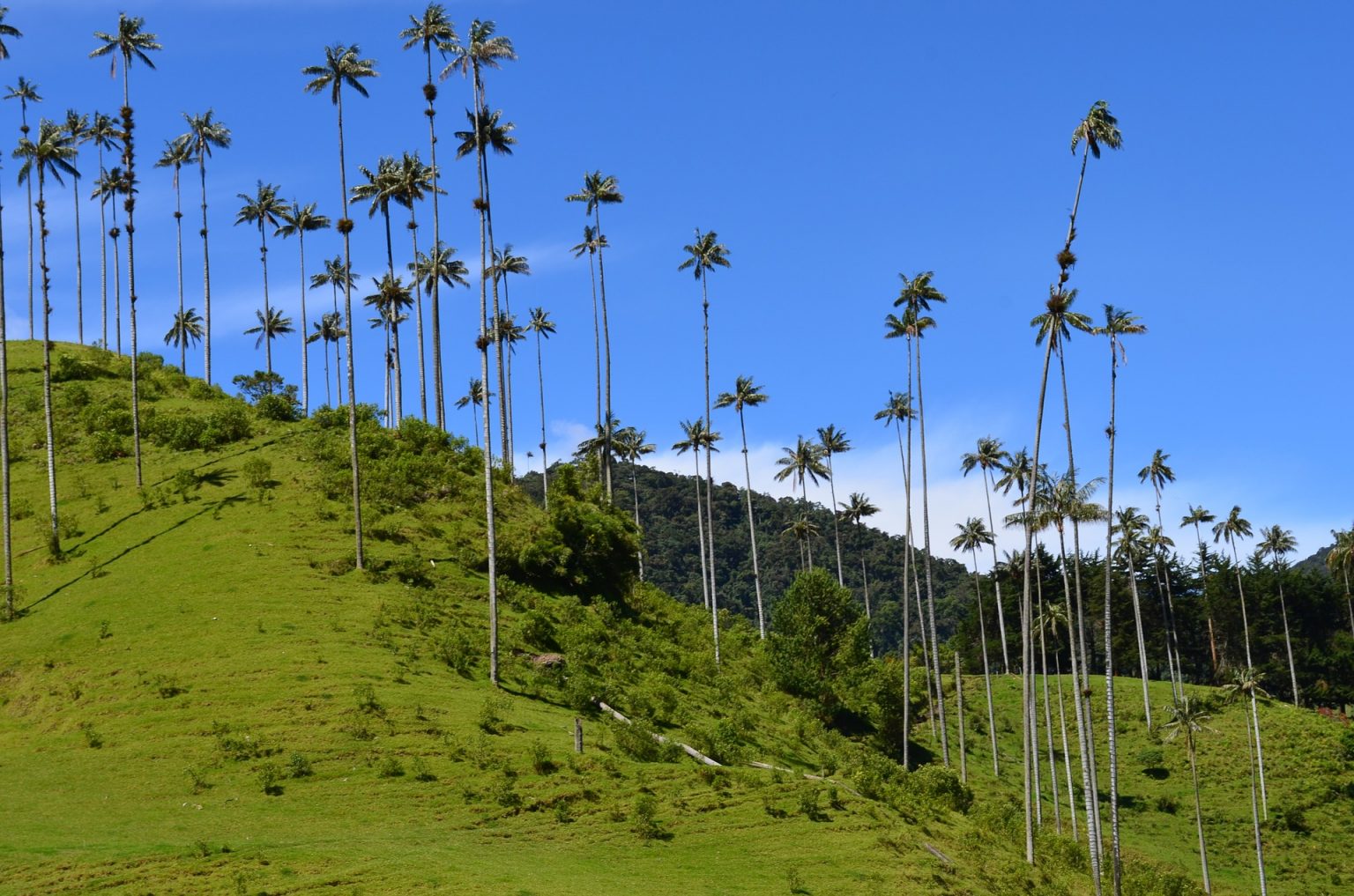
La palma de cera del Quindío ¿En qué regiones de Colombia crece este
Dictionary Examples palma de cera feminine noun 1. (botany) a. Quindío wax palm En este valle crecen muchas palmas de cera y puyas.There are many Quindío wax palms and puyas in this valley. Copyright © Curiosity Media Inc. Examples Examples have not been reviewed. wax palm (15) More examples Machine Translators